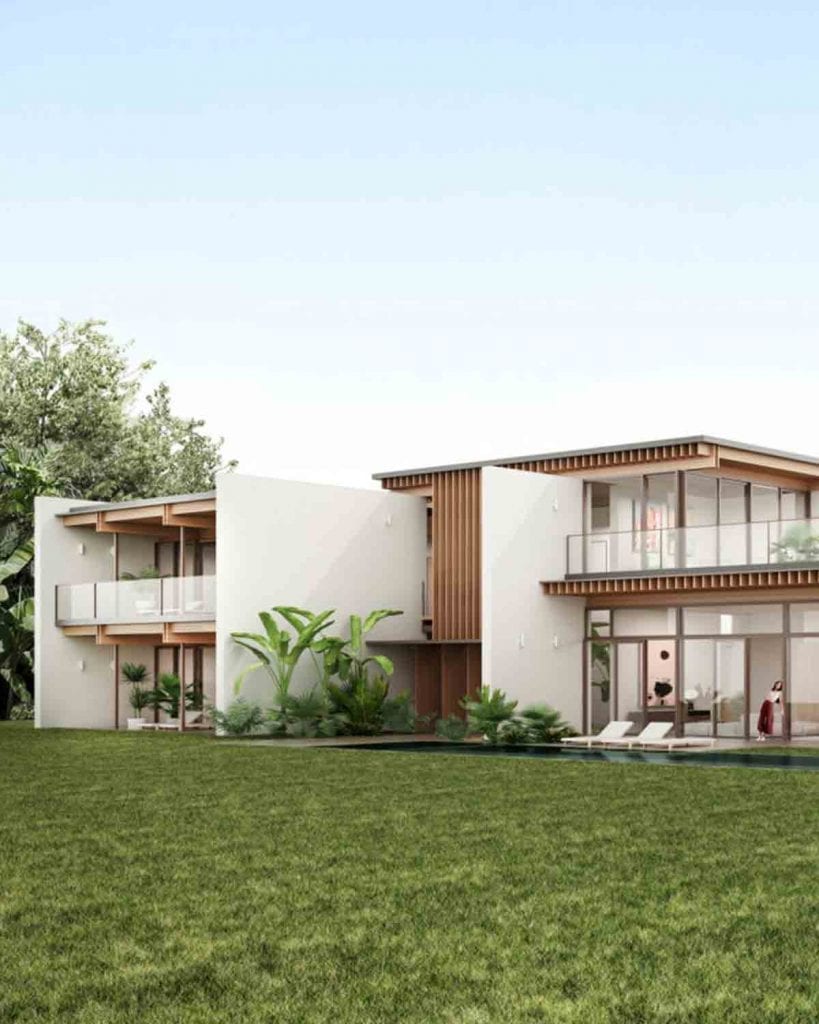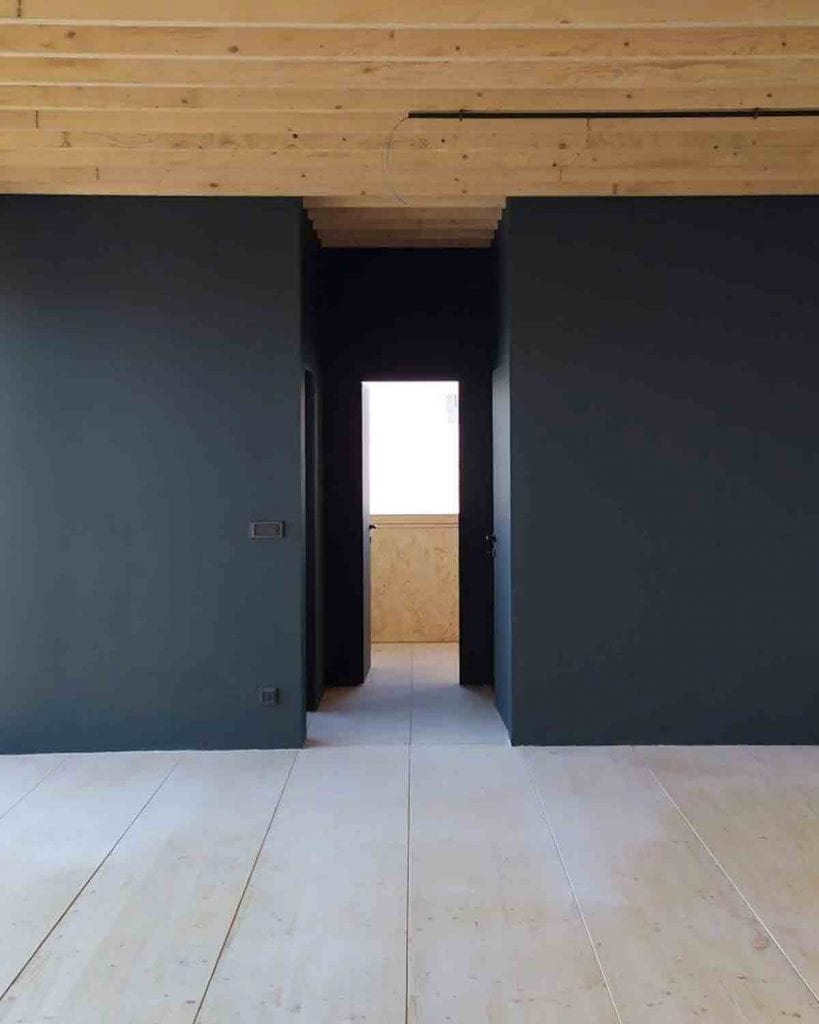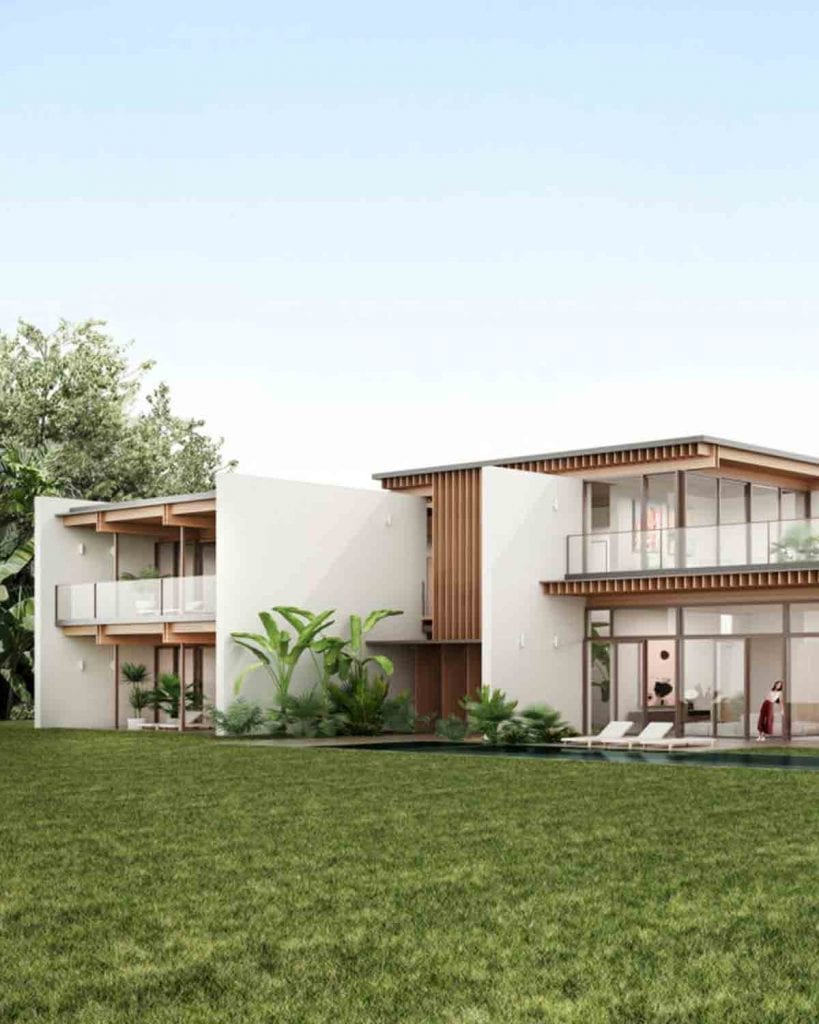More and more people are taking the plunge and opting to build their own homes. If you’re looking to design your dream home, and you’re keen to prioritise sustainability, here are some steps to explore.
Italian eco-home design company Leap Factory create modular, high-performance buildings, They’re on a mission to develop a new process of home building that meets new market demand for environmental sustainability, energy self-sufficiency and residents’ well-being at the right price. Eco-cabins start from $53,000, which seems totally affordable. Don’t you just love the mid-century look of this LeapHome, in Florida?
Sustainability And Style

Selecting sustainable materials
One of the simplest and most effective ways to champion sustainability for a new home project is to select natural materials, which have been responsibly sourced. There are all kinds of materials that can be used to build houses, and a growing number of firms and companies are using eco-friendly components and techniques to design modern, sustainable homes. From the structure of the building to the fixtures, fittings and decorative touches, you can opt for materials that fit with your vision.
Modular construction
The way we build houses is evolving all the time and it’s now possible to create unique properties covering a broad spectrum of design ideas and concepts. If you’re a fan of TV design shows, or you like to read magazines about interiors or building projects, you’re probably aware that almost anything goes. One proposition that is gathering pace for its eco-friendly benefits is modular construction. Modular buildings offer a quick and easy option for homeowners looking for a simple and affordable means of building their own home but they are also more environmentally friendly than conventional homes because they are well-insulated and boast high thermal performance levels. Insulation helps to keep homes warm and cosy in the winter but crucially, it also reduces energy consumption.

Maximising natural light
Natural light makes rooms look bright, spacious and open but it can also save you a fortune when it comes to turning the lights on to illuminate your home. When you’re designing areas that you want to flood with light, aim to maximise natural light. Consider installing large windows, hang mirrors on the walls and angle furniture towards windows and doors. You can also adjust the layout of your home to make the most of the light. Create living spaces to take advantage of light during the day and use the rooms that don’t get as much light as bedrooms and tranquil, chill-out spots.

Renewable energy
We all need to power our homes somehow and the range of options is increasing all the time. Renewable energy is much cleaner and more eco-friendly. You can opt to generate your own energy through solar panels, for example, or you can choose an energy provider that offers 100% renewable energy. Compare prices online, research different providers and companies and explore the pros and cons of installing solar panels or wind turbines. It is worth checking to see if you would be eligible for financial incentives or assistance if you do choose to opt for solar power.
Would you ever consider building your own eco-home?
If you’re keen to champion sustainability and create an eco haven, there are several ways you can boost energy efficiency and design a more environmentally friendly house. From the materials you choose to use to the way you access and use energy, it’s worth taking time to plan your project, research and explore innovative ideas.




